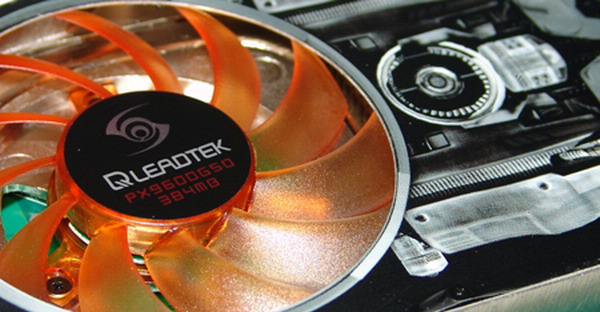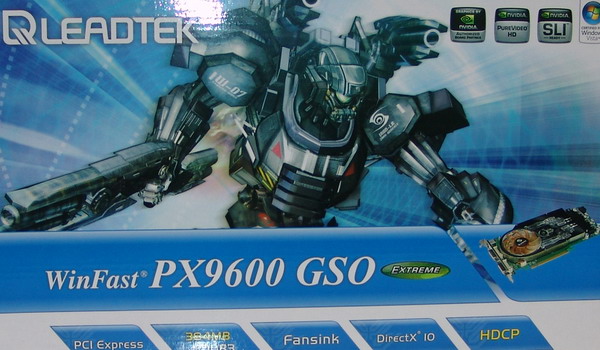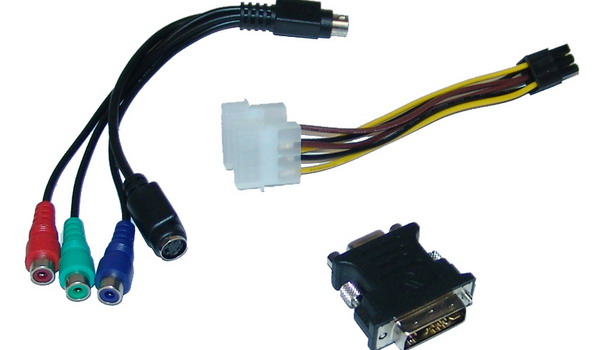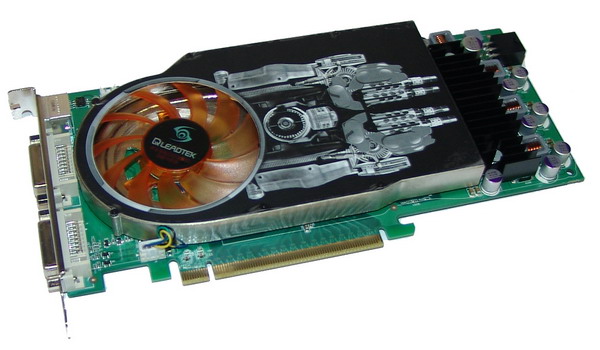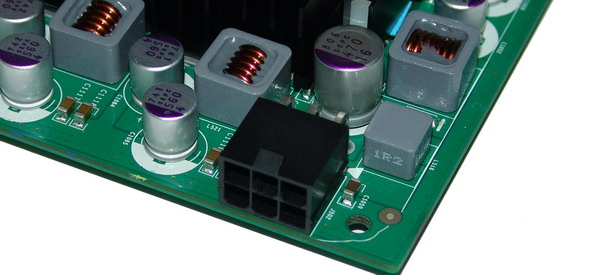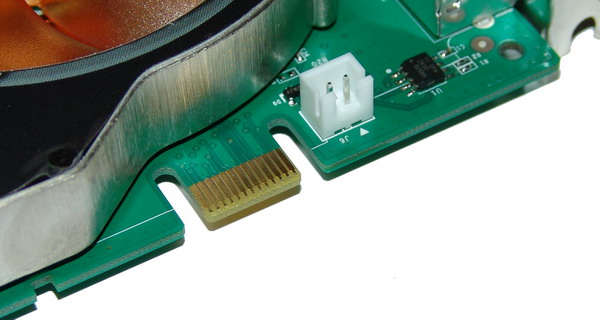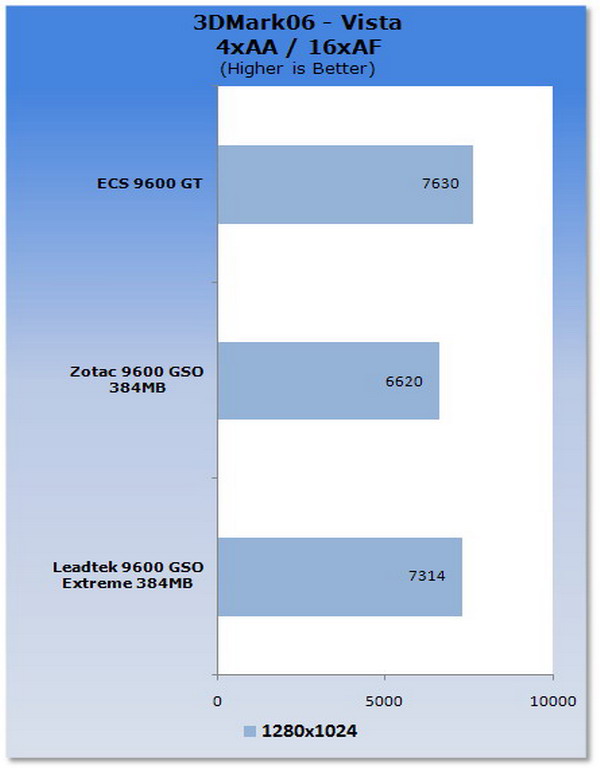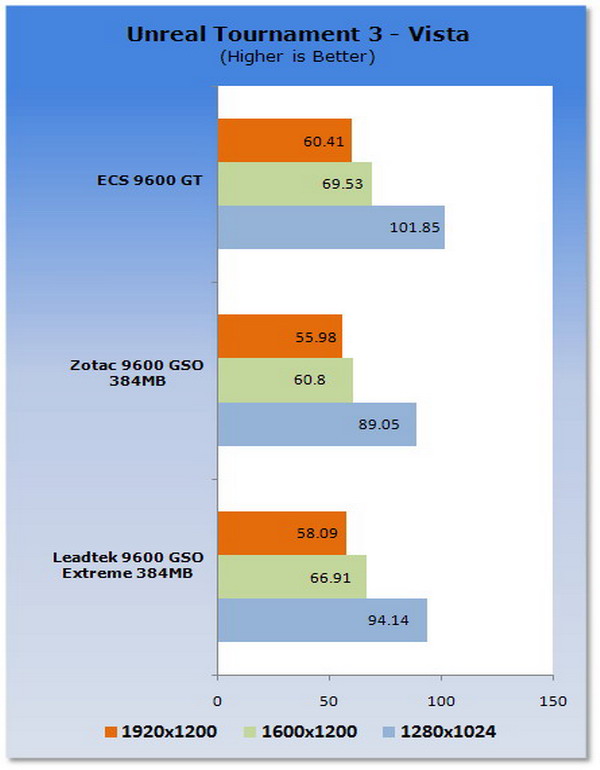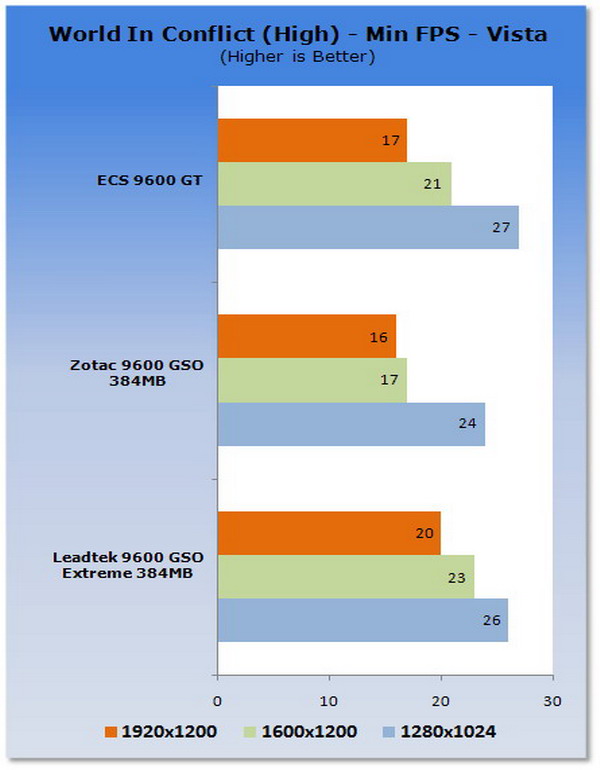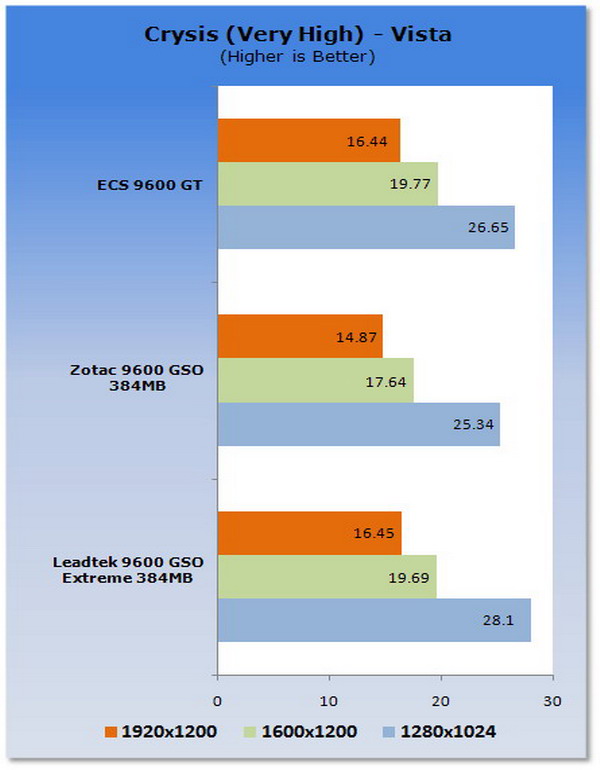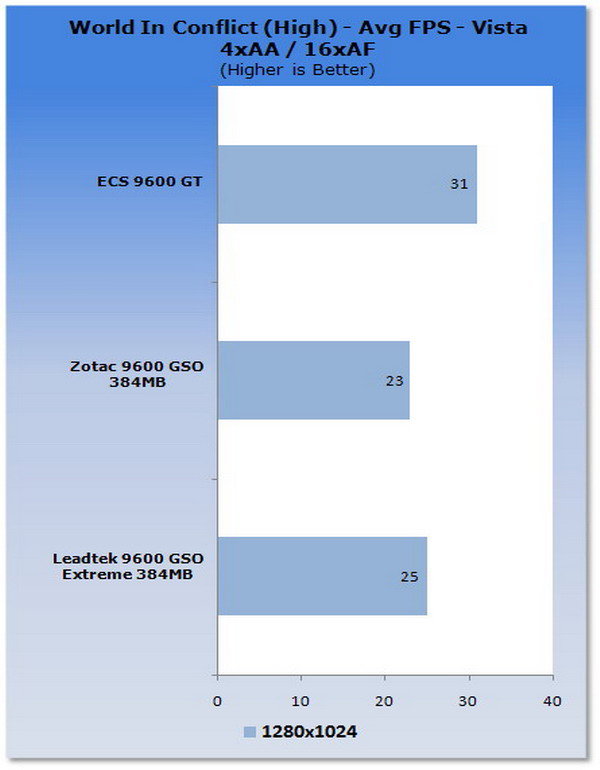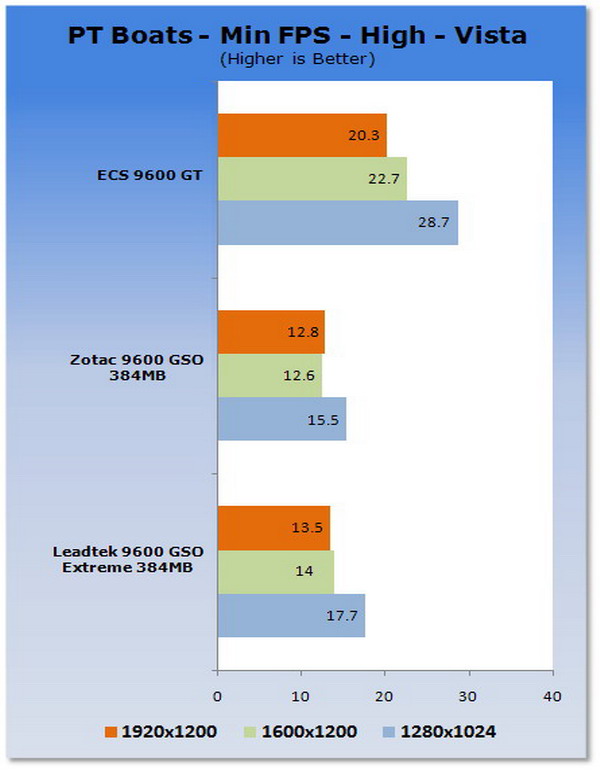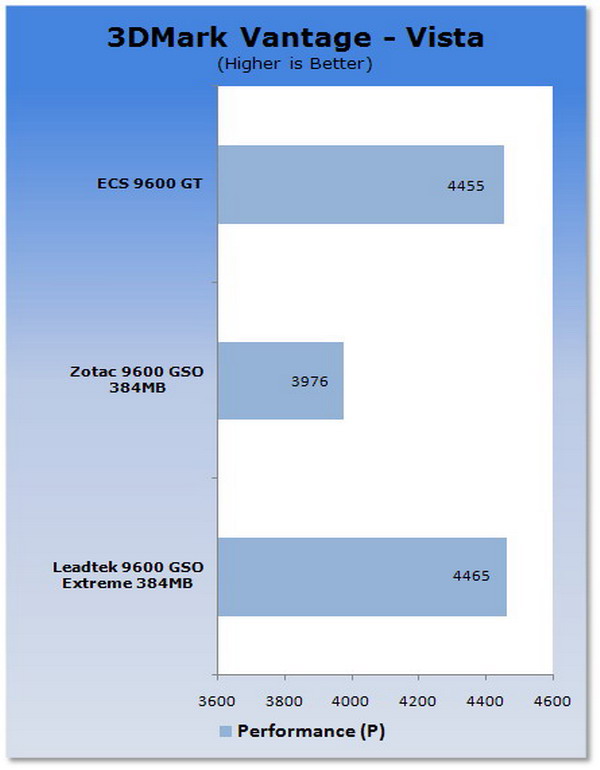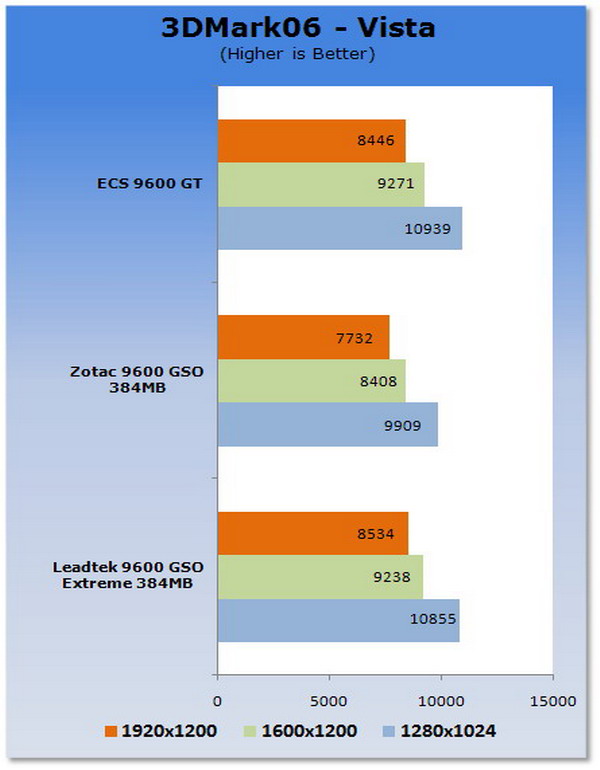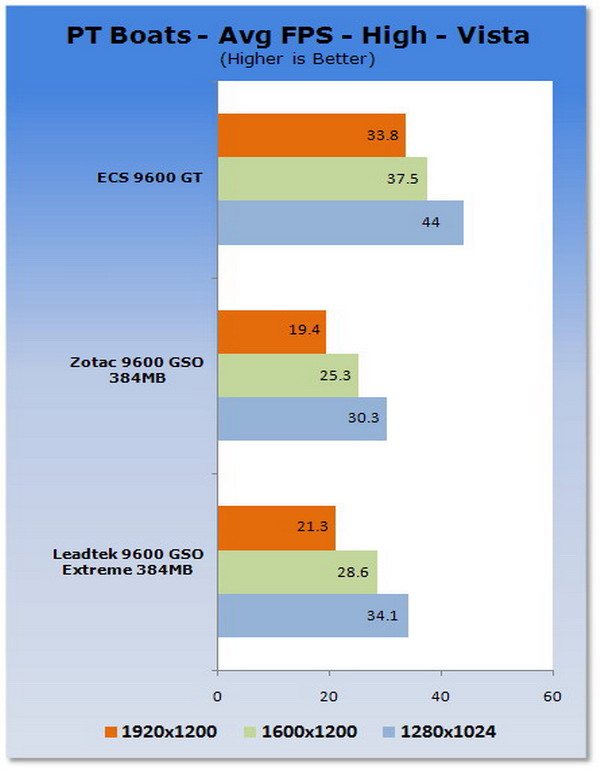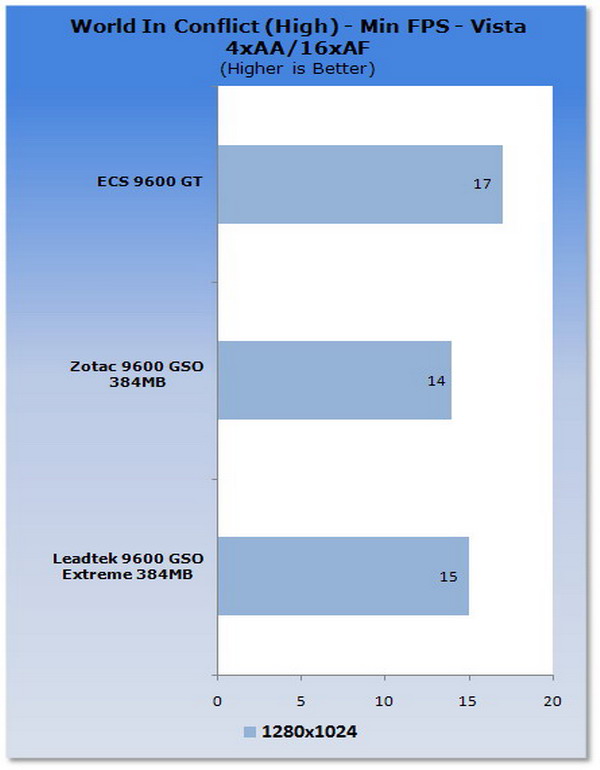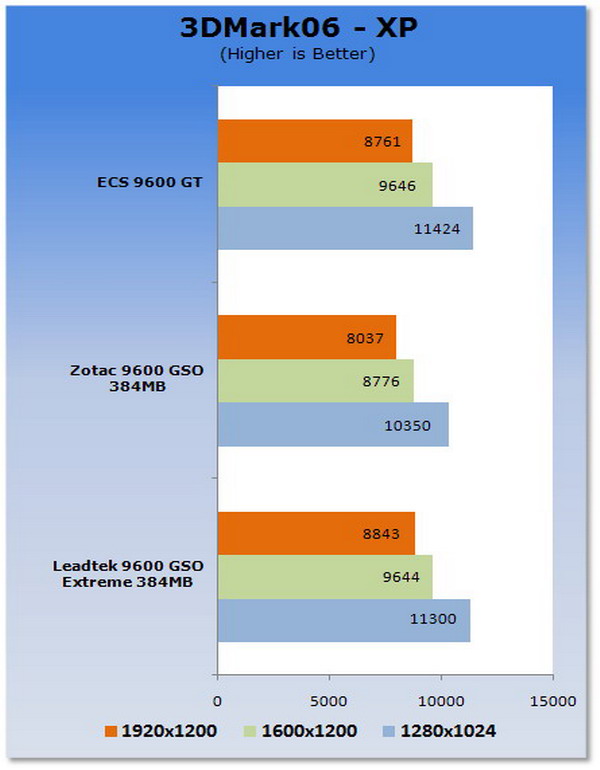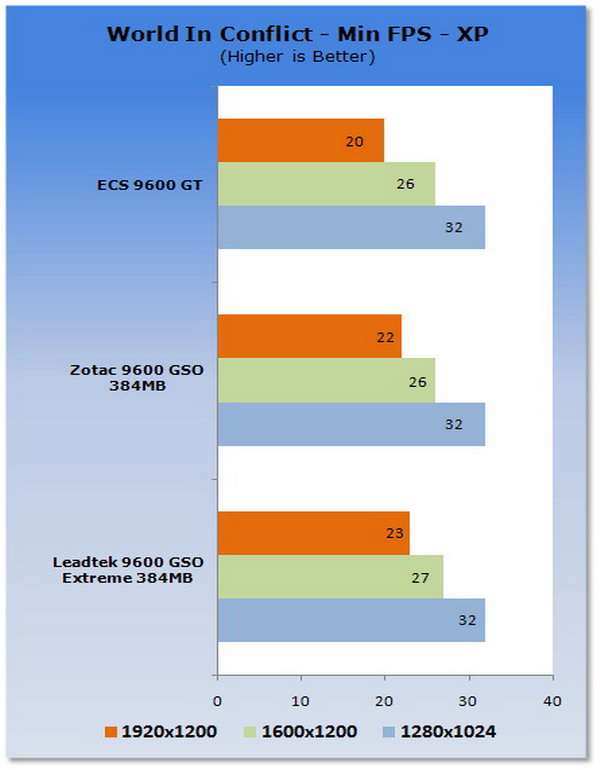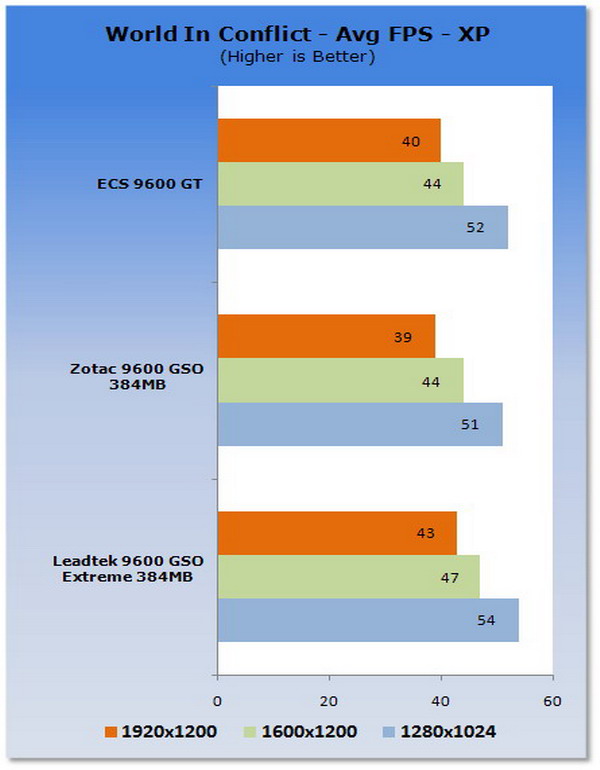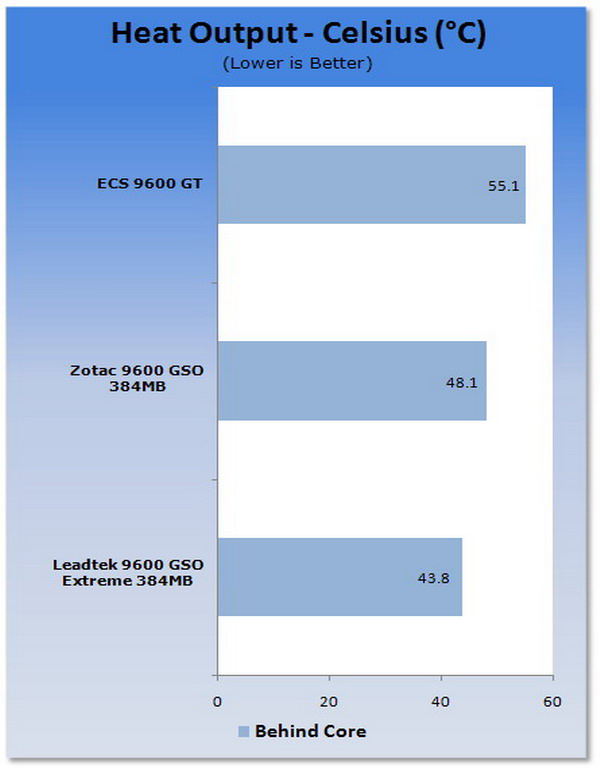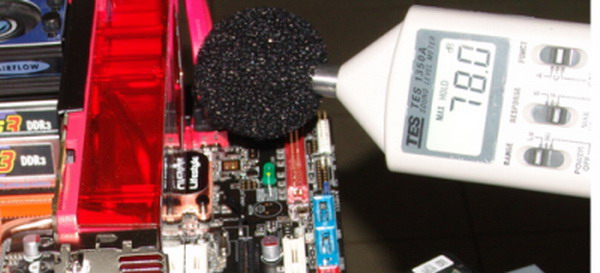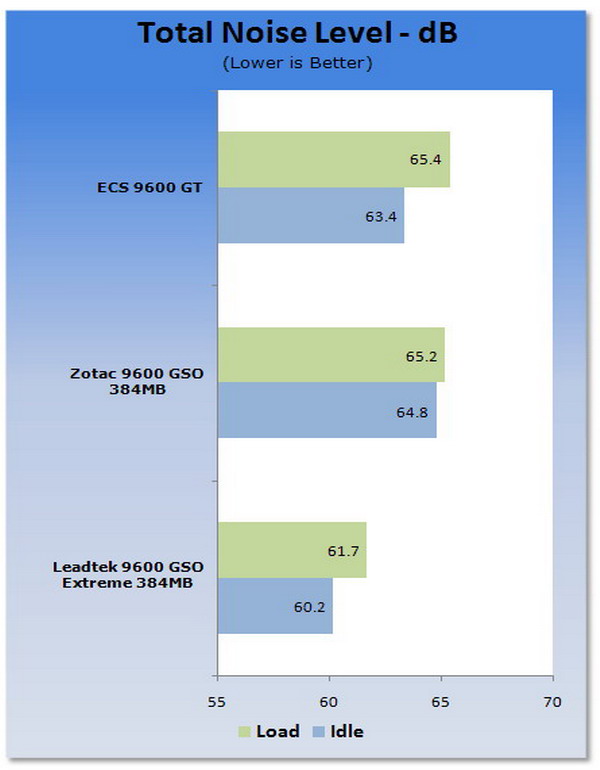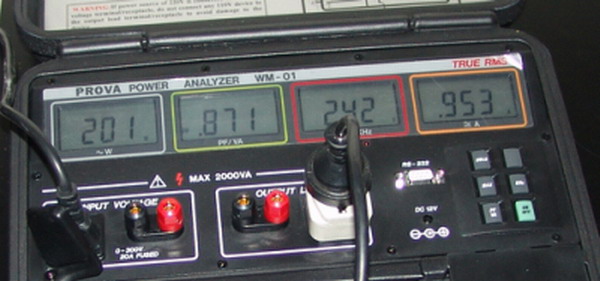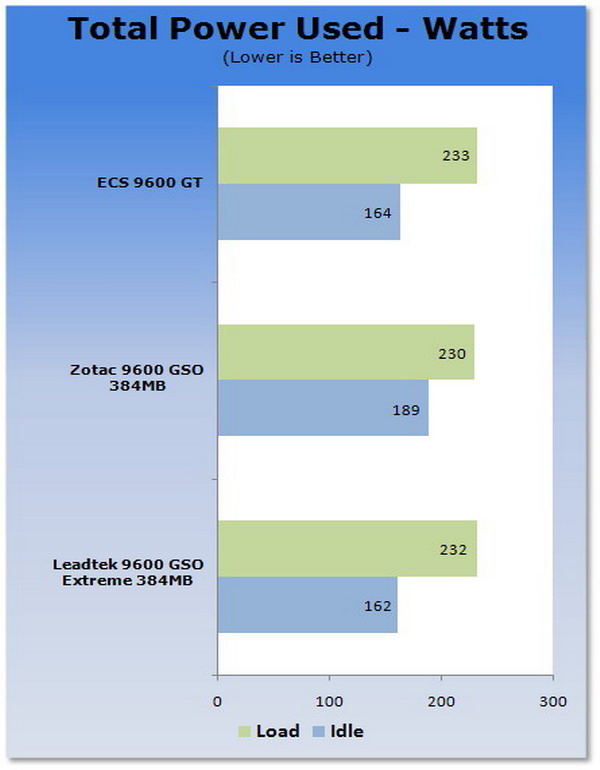Introduction
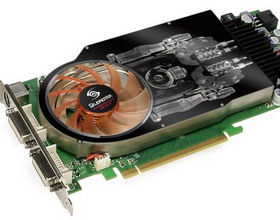 From time to time, there comes a card that doesn’t break records, it shatters them. Without competition, without hesitation. This is not that card.
From time to time, there comes a card that doesn’t break records, it shatters them. Without competition, without hesitation. This is not that card.
But it is a pretty cool card, and at the hundred dollar spot, is surprisingly without competition–the only other comparable card, besides the, ahem, 8800 GS, is an HD 3850. For a little more, you can dig up a 9600 GT, and if you’re getting a 9600 GT, for a little more, you can get an incredible HD 4850… No, see that’s a slippery slope. You got one bill, and you’re going to get one card.
It shouldn’t take too long to guess that this is the same card as an 8800 GS, right? I mean, same clock speeds, same memory bus, same wonky 384MB of RAM. Yep, it’s just a re-badged GS. There aren’t any updates or added features, either, not a hint of HybridSLI; it’s an attempt by NVIDIA to consolidate their three different video card series[plural?]. Can you hear my head shaking? It totally is.
Given that this is an old, cut down card, can it be worth it? First, yeah, ‘course someone’s going to like it, and it’s one of the cheaper GSOs, too. And Leadtek’s is special, with its factory overclock and stylin’ custom cooler. But it’s results are the real interesting bit: for a budget card, it’s future-proof.
First Impressions
The heatsink is edgy-looking. With a huge opening, transparent orange plastic fan, visible aluminum shell, and industrial design, it’s the first card I’ve handled in a long time that looks better for green PCB and fat solder points. It’s a great combination of mechanical and electrical. And no stupid manga girl rendering for a sticker!
Inside the oversized box, under the card, are the cables for power, adapters for VGA, some paper and a manual that I didn’t bother looking at, and a CD with out-of-date drivers. To make sure that all the pastel shades are included inside and out of the box, the video card is shrouded in pink bubble wrap.
The card’s classic style doesn’t cease to impress me. I keep thinking about that first multi-hundred video card I bought, wishing I had the money for a card even cooler, a card like this.
Specifications
Technical Specifications
- GPU: NVIDIA GeForce 9600 GSO
- Graphics Bus: PCI Express 2.0
- Memory size: 384MB GDDR3
- GPU/Memory clock: 600/900MHz
- Memory data rate: 1800MHz
- Output: Dual Dual-Link DVI, HDTV
- Memory Interface: 192-bit
- Data bandwidth: 43.2 GB/s
- Fill Rate: 28.8 Billion texels/s
- Stream processor: 96
- RAMDACs: 400 MHz
Features
- NVIDIA unified architecture with GigaThread technology
- NVIDIA Lumenex Engine
- Full Microsoft DirectX 10 Shader Model 4.0 Support
- NVIDIA SLI- Ready
- NVIDIA Quantum Effects physics processing technology
- True 128-bit floating point high dynamic-range (HDR) lighting
- Built for Microsoft Windows Vista
- OpenGL 2.1 Optimizations and Support
Package Contents
- WinFast PX9600 GSO EXTREME graphic card
- Maunal & Driver disc
- Quick installation guide
- Power cord
- 4-pin to 6-pin Y splitter power cable
- DVI-to-VGA Adaptor x 1
- WinFast Graphics Driver CD (w/ WinFox II) x 1
- System Requirements
- Window XP, 2000, or Vista
- A PCI Express or PCI Express 2.0 compliant motherboard with 1 full-height free slot
- Installation software requires DVD-ROM drive
- VGA or DVI compatible monitor
- A Minimum 400W or greater system power supply (with 12V current rating of 26A) with 6 pin power cord support
Test Setup
In this review, we’ll be comparing the Leadtek GeForce 9600 GSO 384MB Extreme to:
- PowerColor Radeon HD 4850 512MB
- Chaintech GeForce 9600 GT 512MB
- PNY GeForce 9800 GTX 512MB XLR8
All cards were benched on the same test computer with recent drivers (April or newer).
- Intel Core 2 Duo E8400 3GHz
- Asus Rampage Formula
- 2GB Crucial Ballistix Tracer DDR2 800 @ 4-4-4-12 (Sponsored by Crucial)
- Thermaltake Toughpower 1000 (Sponsored by Thermaltake)
- Windows Vista Ultimate x64 (Sponsored by Microsoft)
DirectX 10 Titles
Performance Notes
With all the DX10 games, the GSO throws punches as hard as the GT. With AA and details turned down, it does better. With the AA and details turned up, the GT does better. This is because of the GTs higher clocks and greater frame buffer; but think about it this way: it’s a budget card, and when you pick up the next must-have title, you’re not interested in high antialiasing, you’re just looking to enjoy the game. The shader power is more important in the long run.
DX9, OpenGL, and Synthetics
Performance Notes
But when it comes to older games, it slips. This is a relative thing, though. It’s still playing HL2 with AA turned up at close to 60 FPS; it’s regular fast still. Just not crazy fast.
3DMark Vantage confirms the shader power, sticking this card in the front, ahead of the GT and 3850–both costlier cards. And a cool thousand ’06 Marks is pretty nice.
Video Quality, Power Usage & Noise, and Overclocking
Video playback is the first failing, although it’s not major. Like other video cards of its generation, the 9600 GSO has a hard time with noise reduction. It’s good, but short of perfect. This is true in both SD and HD playback, and at the very least, the GSO is no worse than the GT.
But it’s not an efficient card. Although it’s the cheapest of the near-$100 cards, it’s the most power-hungry. Sure, it’s splitting hairs, but it consumes the most at idle as well as the most at load. It’s not a huge amount in the end–good news for quiet enthusiasts.
There’s no electronic noise from this card, most likely because of some non-reference power hardware. I think the fan’s a win. It’s default speed of 50% never spun faster at any circumstances, and cooled the card fine even turned down as to be inaudible. It seemed to improve temperatures up to about 70, 75%, where the extra speed increased the noise without decreasing the temps. You could run it either way, silently or locking in an even greater overclock.
A little more than a ten percent boost is good. If there were any gaps between this card and the others, that should close it.
Conclusion
This is an excellent budget card! It plays old games well enough–which is absolutely to be expected–but it carries water right there with the more expensive cards, at least where it counts: DirectX 10. It would just be a matter of preference, this card or another, if it cost more. But there are no other "new" cards on the market, currently, at a hundred dollars. The closest performers all cost more. This should be a pretty simple decision.
I just wish that NVIDIA took the extra measure to make it play HybridSLI. Aside from Leadtek’s modifications and healthy overclock, the chip is exactly the same as an 8800 GS. Pity; people would flock to this card otherwise.
Of course, someone out there might be thinking, "Boy, it would be sweet to have those in SLI." Let me smack down that idea right now: a good budget card does not mean a good dual-GPU card. Keep in mind that for $200, you can roll a 9800 or an HD 4850. That said, props to Leadtek for the overclocking and well-matched heatsink; maybe it’s silly, but damn, it’s slick. I’ll take a tool over a chick any… never mind.


